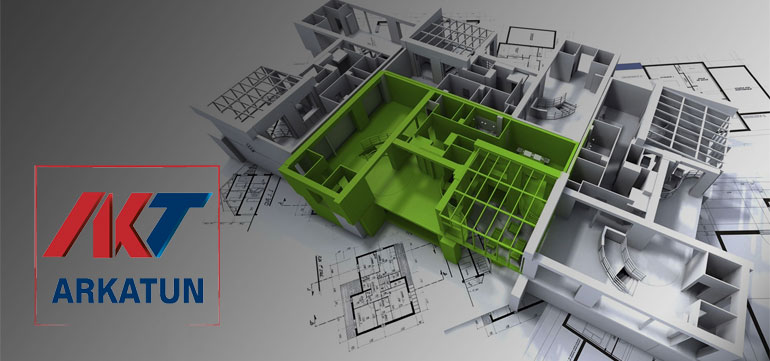
The success of Building Information Modeling (BIM) depends not only on 3D modeling capabilities but primarily on structured, traceable, and standardized information management. Modern projects involve thousands of elements and numerous stakeholders—architects, engineers, contractors, and facility managers—all sharing a common pool of data. The key to maintaining consistency in such complexity lies in information management standards such as ISO 19650 and BS EN 17412.
The ISO 19650 series, titled Organization and digitization of information about buildings and civil engineering works — Information management using Building Information Modelling, provides the global framework for managing information across all project stages:
-
ISO 19650-1: Concepts and principles.
-
ISO 19650-2: Information management during design and construction.
-
ISO 19650-3: Information management during operation.
-
ISO 19650-5: Security-minded information management.
These documents define who creates the information, how it is validated, and where it is stored. The core concepts include:
-
EIR (Exchange Information Requirements): The employer’s data expectations.
-
BEP (BIM Execution Plan): The strategy to meet those expectations.
-
MIDP (Master Information Delivery Plan): The information delivery schedule.
-
CDE (Common Data Environment): The shared digital space where all data exchange occurs.
When such processes are undefined, disciplines produce inconsistent data, leading to model conflicts and wasted effort. ISO 19650 eliminates ambiguity by establishing a common language for all participants.
Complementing ISO 19650, BS EN 17412-1:2020 introduces the Level of Information Need. This framework specifies how much information each model element should contain—no more, no less. Earlier “LOD” definitions (LOD 100–400) were rigid and often misused. BS EN 17412 replaces them with a purpose-based approach, ensuring information is relevant to the project stage.
For example, during concept design, a chiller may require only capacity and footprint data, while in detailed design, it must include electrical power, connection details, and maintenance clearance.
IFC (Industry Foundation Classes), standardized as TS EN ISO 16739-1, provides a neutral data exchange format enabling interoperability between platforms like Revit, Tekla, and ArchiCAD. Similarly, COBie (Construction Operations Building Information Exchange) structures facility management data, ensuring that asset, warranty, and maintenance information transition seamlessly from construction to operation.
In Turkey, BIM implementation aligns with the TS EN ISO 19650 standards, reinforced by the National BIM Guide issued by the Ministry of Environment, Urbanization, and Climate Change in 2023. The guide establishes clear responsibilities, data requirements, and information flow rules for public projects.
A well-configured Common Data Environment (CDE) is the backbone of information management. It acts as the “single source of truth,” maintaining version history, approval records, and data ownership. Platforms like Autodesk Construction Cloud, Bentley ProjectWise, or Trimble Connect serve this function effectively.
The BIM Manager plays a critical governance role:
-
Preparing information delivery plans,
-
Managing file versions,
-
Coordinating model federation,
-
Ensuring team-wide compliance with standards.
Proper adherence to ISO 19650 brings tangible project benefits:
-
Reduced rework and revisions,
-
Minimized data loss,
-
Improved cross-discipline communication,
-
Reliable facility information for asset management.
In essence, information management is the foundation of digital transformation. BIM’s true value lies not in its visual output but in the accuracy and accessibility of the data it contains.
ISO 19650 and BS EN 17412 have redefined engineering from drawing production to information production. For multidisciplinary firms like ARKATUN MÜHENDİSLİK, applying these standards ensures consistency, transparency, and international credibility across all project phases.